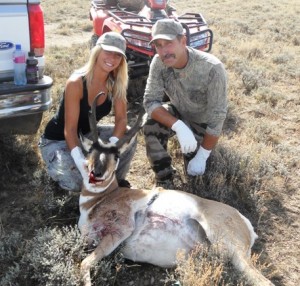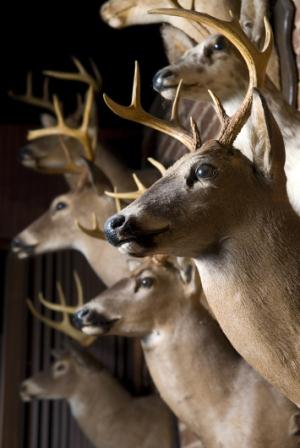An Interview With Karl Badger, Regional Pro Staff Manager at Mossy Oak
Q: Should I hunt Western Big Game on my own or with a guide or outfitter?
A: Many premium hunting areas are in wilderness areas, which require a licensed guide. Additionally, a guide will know the area and game habits.
Q: If I need a guide, how do I find a good one?
A: Request a guide and outfitter directory from the state association. Make sure the guide is licensed, ask for referrals, and call the referrals.
Q: I hear that a lot of Western outfitters are ranchers. Do they make good guides?
A: Many do. They hike the country on horseback and are familiar with the country like where water is and game habits.
Q: How much research should I do before booking a hunt out West or in Canada?
A: A lot of research! These hunts cost money and could be a once in a lifetime opportunity.
Q: Is fitness as important as I hear when it comes to hunting out West?
A: Absolutely! High elevation, steep terrain and short, hard days require fitness.
Q: Are combination hunts worth it? Example: Deer/Elk, Bear/Caribou or Moose/Goat.
A: Yes, if you have the time. Tags are expensive and you want to make sure you have enough time to get something on the ground.
Q: Can I hunt big game out West with the same set up I use back East for hunting, either bow or gun?
A: No. Western game like elk, deer, moose and sheep all have different habits and instincts.
Q: I hunt back East with a bow and only shoot 20-30 yards. Do I have to practice and be able to shoot out to 50 yards and beyond?
A: Yes, you need to practice shooting at longer distances.
Q: What is the industry standard for tipping your guide or outfitter?
A: 10-15%. You may also want to tip other help like the cook.
The Mossy Oak ProStaff is a group of top outdoors men and women from across the country that act as spokespersons for the Brand. Members of the Elite ProStaff are people the hunting community will recognize from their hunting expertise and accomplishments, videos, TV and magazine articles. Our Regional ProStaff is a group of accomplished hunters who promote Mossy Oak in various regions across the U.S. They also manage a more localized Field Staff in their regions. From event support to retail store grand openings to radio and TV appearances, our ProStaff adds value to the Mossy Oak Brand nationally, regionally and locally.
3,410 total views, no views today






